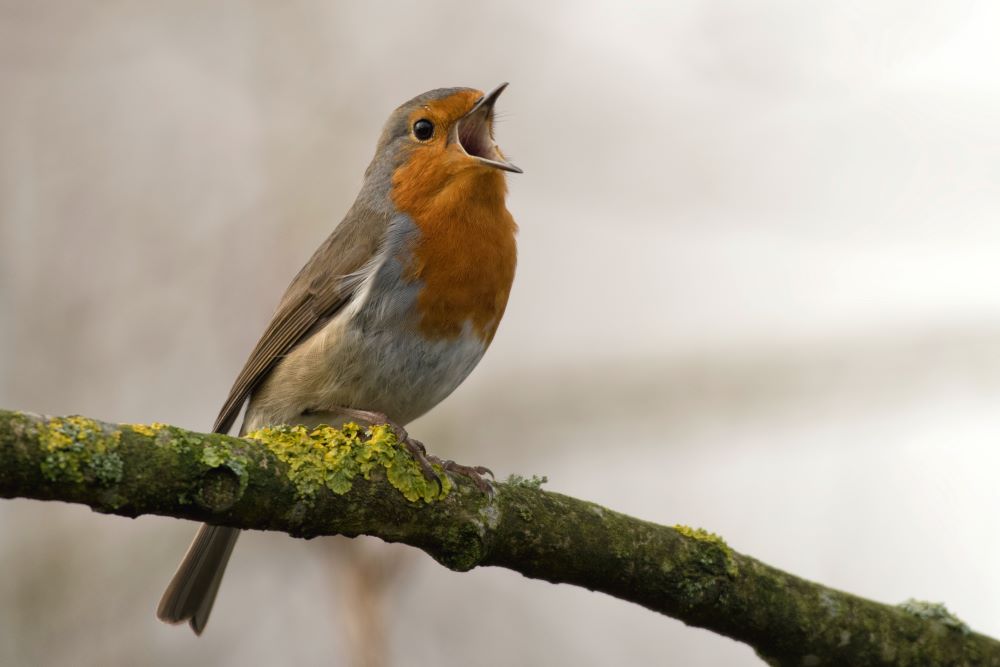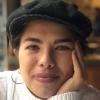
(Unsplash/Jan Meeus)
In 2021, the second full year of the pandemic, I began to go outside more after a year of intense insideness. Like others, I started noticing what I had not known how to see previously: the arching of a tree branch, deep and out toward the Napa River that flowed by my house; how the elderly woman who lived next door called out, by name, to each neighbor passing through; what happened when the late-day sun, symphonic, grew its mustard hues into a golden carriage of light; and how 15 minutes later the sky would go gray.
I began to see more clearly because I began to watch more closely, and of course I noticed the birds. Falcons, hawks, owls, vultures, turkeys, hummingbirds. In the late winter, mother and father made nests; in spring their fledglings took up the sky.
Birds have a kind of mythical quality to them, in that they are able to both fly and walk. They can lift themselves up. I'm jealous. My solid bones protect me from injury, yet they keep me stapled to the ground. I want to be of the air, like a bird.
In Joy Harjo's poem "Redbird Love," the speaker, through her own ("we") perspective, tells the listener of the main events of a bird's life. In the opening line of the poem, we're told, "We watched her grow up." The bird discovers her body: "We watched her strut." The bird discovers partnership and trust: "We watched him fill his beak." And the last line is not about the bird, but about the speaker and the listeners, together, and what we realize through this patient, close looking: "We are double-, triple-blessed."
The world and the us are joined, always, and without effort. To look closely at others is to watch ourselves closely, and what a gift it can be, offering our attention.
The pronoun in this continuous refrain is telling us something — the "we" that the speaker intones could refer to a group they belong to, the community that watched this bird come of age. But in the final line, it seems that the "we" is trying to communicate something else entirely: "The sacred world lifts up its head / to notice / we are double-, triple- blessed."
The "its" and the "we" are noting the same group: There is the world, and then there is us. In this final line, the poem reveals that the world and the us are joined, always, and without effort. This bird, or rather, "bird-girl" we've watched go through her life cycles in the poem is also of the world, and we are in the same world, together. To look closely at others is to watch ourselves closely, and what a gift it can be, offering our attention.
The poem begins in the past tense with the word, "watched" and ends in the present by stating we "are" blessed. Telling the story of a life is a strange collapsing of time. There's an interplay of different experiences of time: The speaker can tell the story of a life in less than two minutes, with 36 lines of poetry. Living a life demands decades, and it is the opposite expression of that poetic experience of time.
The speaker is painting a picture of something we see daily, weekly, if we watch closely: birds eating, building nests and boasting to potential mates. The poem implies: How often do we stop to enjoy the simplicity of these tasks? Can we see that there might be a miracle in this daily living?
Advertisement
My favorite lines of the poem are these four: "In the end / There was only one. / Isn't that how it is for all of us? / There's that one you circle back to — for home." Harjo delicately and skillfully puts these heavier lines in the middle of the poem, to change its tone and signal a shift in perspective. Whereas before, the bird-girl was exploring herself and aging into the world, it's after these lines that we watch her prepare the world for something or someone else, as others have done for each of us.
"There's that one you circle back to — for home," is the line that tells us this is not a bird-poem or a poem solely about aging, living, looking or seeing, but this is a poem about love. About who you go home to. About which people or persons are home to you. We circle back, like a bird in flight, to those with whom we feel double, triple blessed.
I no longer live on the Napa River's banks; I no longer pause time by looking at the birds on the island. But where I've moved to the light still boasts her mustard color, her golden carriage. The sky still goes gray. I've traded avian lessons for proximity to friends, family and my romantic partner, who I circle back to, for home.




